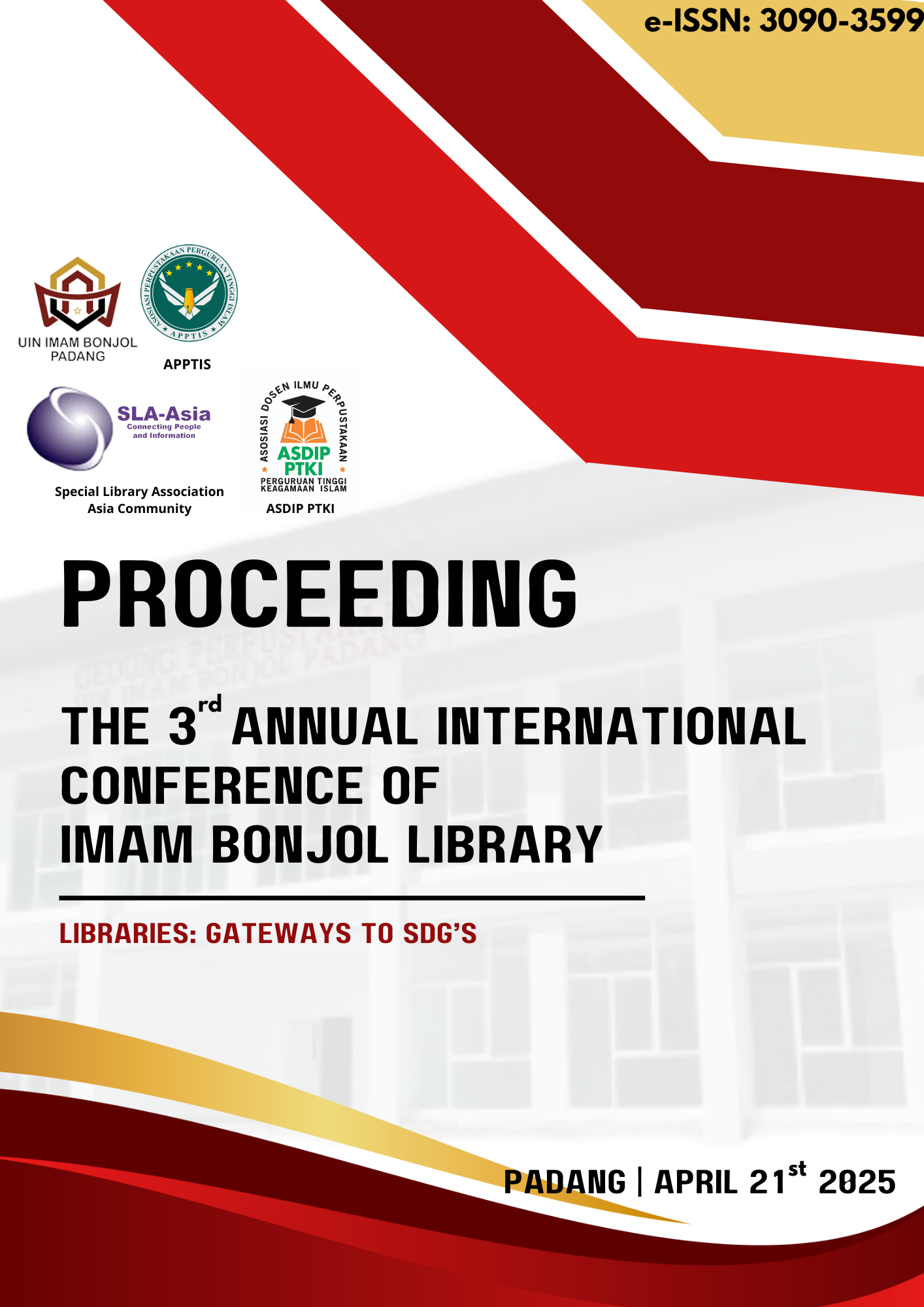The Use of ChatGPT for Library System Innovation
Kata Kunci:
ChatGPT, AI, innovation, library information systemAbstrak
Background of the study: Technology has advanced rapidly in recent years, including artificial intelligence (AI). AI can be used in various systems, including library information systems that facilitate users' use of library services. One AI that can be used is ChatGPT.
Purpose: This study aims to provide an overview of the use of ChatGPT for innovation in library information systems.
Method: This study uses a qualitative descriptive method with a case study approach (literature review), collects data from various journals, and analyzes it using thematic methods to identify information themes.
Findings: The study results show that the application of ChatGPT in library information systems can improve service efficiency and ease of access for users. ChatGPT, which uses artificial intelligence (AI) technology, enables the automation of various library services, including information retrieval, collection management, and reference services, and improves the process of digitizing library collections. However, using ChatGPT in library systems requires proper technological infrastructure and readiness of human resources to manage AI-based systems.
Conclusion: Using ChatGPT in library information systems provides significant innovation in improving services and the efficiency of information management.





